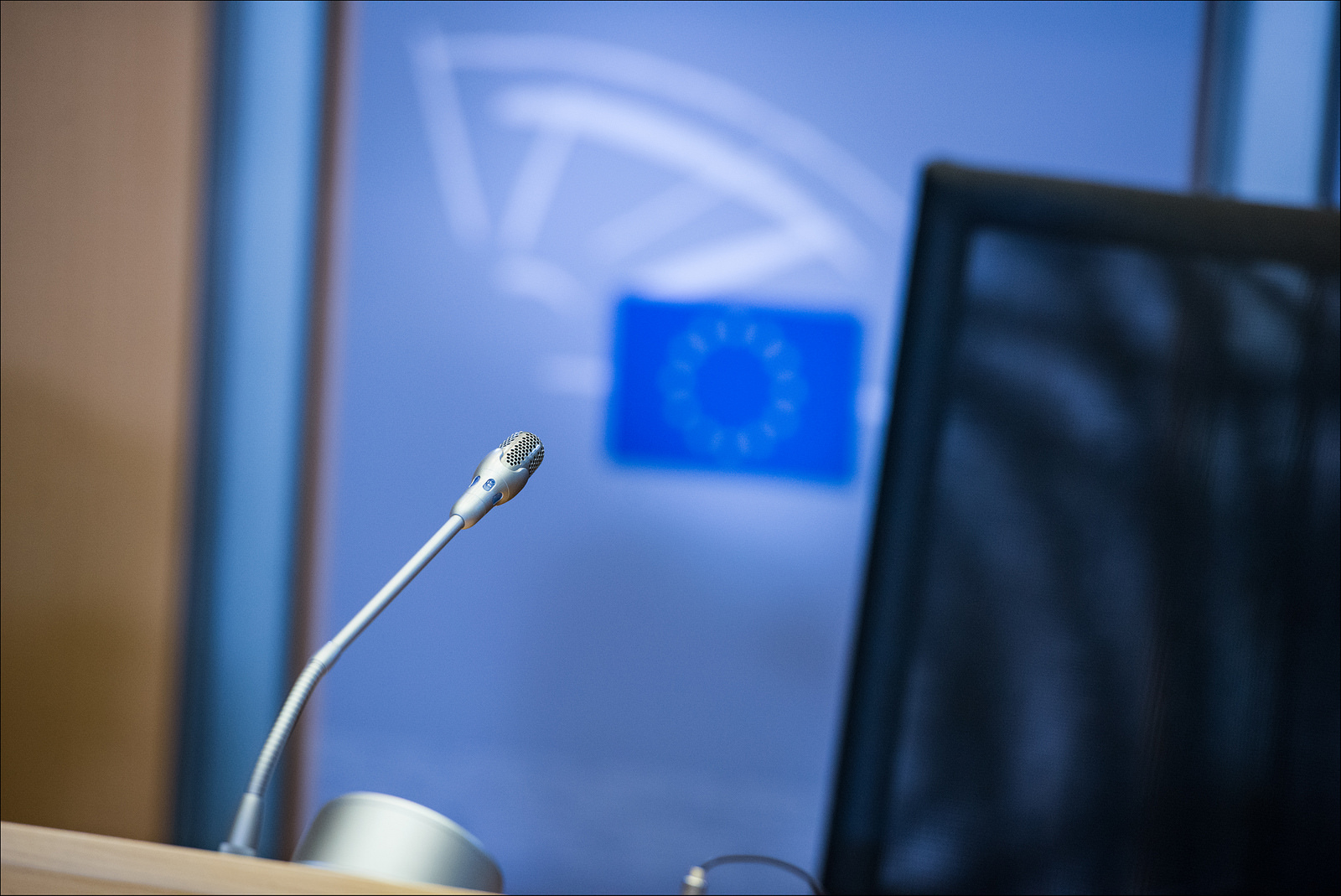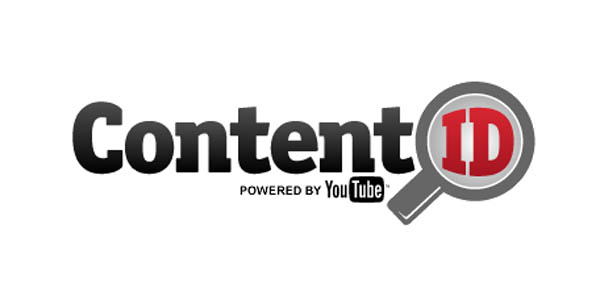
In 5 minutes: The European Commission’s new Copyright Directive
Last year, on September 14th, the European Commission proposed a package of modern rules “for European culture to flourish and circulate”.
(We encourage you to read the complete press release for more detailed information.)
This package of rules is a key part of the European Commission’s Digital Single Market Strategy (DMSM).
We think it is important for you to know what the proposed changes are, as they will have an impact on works and creators online.
They have been made keeping new digital platforms in mind. Particularly those that allow uploading and sharing all types of content: streaming services like Netflix or Spotify, for example, or news aggregators such as Google News.
The priorities of this new Copyright Directive are three. Namely:
- Improving the choice and access to content online across borders.
- Improving copyright rules on research, education and inclusion of disabled people.
- A fairer and sustainable marketplace for creators and press.
The truth is that certain specific measures have raised a debate. For instance, certain issues concerning data mining, which would be part of the first priority of the Directive.
Regardless, our intention is to sum up only the most crucial and most controversial points included in priority number three. This is because we think these have a more direct impact on you as authors and creators: we’ll discuss content filtering, press, and distribution of royalties.
Content filtering.
In practice, applying the new Directive would force digital platforms such as Instagram, Flickr, Youtube, etc.*, to detect any sort of copyright infringement in their users’ uploads.
*The Directive says “information society services storing and giving access to large amounts of works”, but it doesn’t specify what “large amounts” means.
In other words, platforms would have to develop systems to check on a database -it isn’t clear what database-, whether each uploaded piece of content is protected by copyright or not. Works wouldn’t become available on the platforms until this checking was completed.
Does this sound familiar? That’s because it’s like YouTube’s Content ID system.

The problem is that Google had to invest over $60M in developing Content ID’s technology. Filtering systems such as those required by the Directive are a costly challenge that very few projects can afford.
Moreover, being able to detect certain copyright infringements is almost impossible. For instance, a photo of a sculpture from a certain angle, or a work that’s been modified just enough to confuse the automatic filtering system.
New legal framework for press editors.
Its purpose is to help newspapers, magazines and other press services to profit from their publications.
The new rules would force any individual or platform to ask for permission before linking or referencing any content from a press publication (texts, images, etc.).
Placing a copyright claim or not would depend on each editor’s judgement. But just in case, those interested in linking, quoting, etc. should contact the editor, ask for consent, and reach an agreement if necessary.
The norm would have retroactive effect, reaching press content published up to 20 years ago.
According to Günther Oettinger, the Digital Commissioner who submitted this agenda, some of the targets of the law would be Twitter and similar services where content is shared.
Transparency in the distribution of royalties.
If managed properly, this point could be the most interesting and positive one for creators, who are usually (and unfortunately) left forgotten by copyright law.
The current situation of distribution of royalties keeps generating doubts and mistrust. For a long time now, authors have demanded more transparency between themselves, management agencies and distributors, both digital and traditional ones.
Increasing transparency would restore trust and improve the terms under which works are marketed. The ultimate goal is making the distribution fairer.
It seems to be a step in the right direction, and it’s positive that such a widespread demand appears among the Directive’s law proposals.
